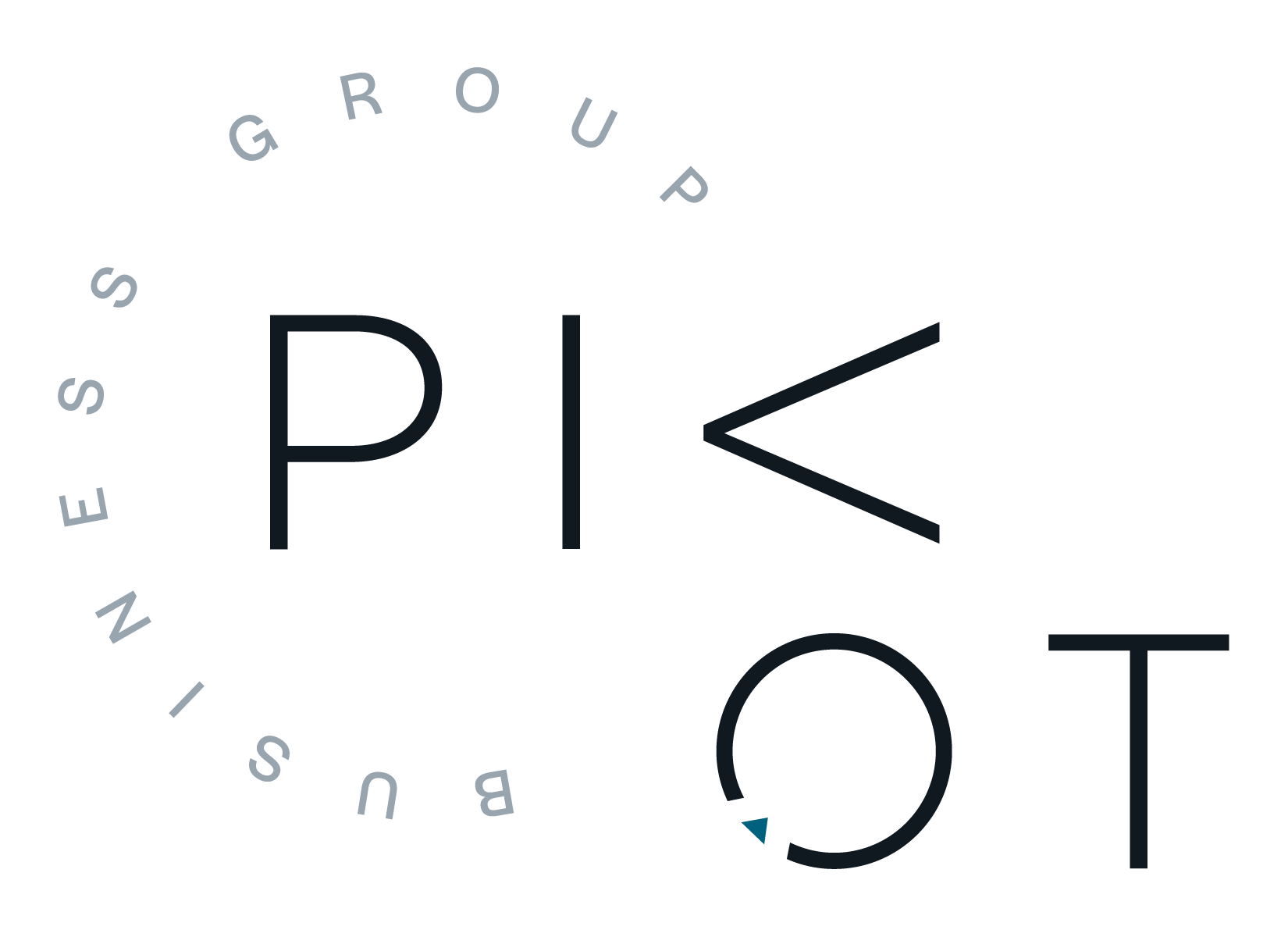Business Meals & Tax Deductions: What’s Actually Deductible?
Business owners love to network, treat their teams, and connect with clients over meals—but when it comes to writing off those expenses, the IRS has some very specific rules. In this episode of Pivot to Profit, Pam Jordan sits down with tax expert Alexis Sidney, EA, to unpack what business meals are actually deductible—and how to make sure you’re not missing out (or messing up).
The Breakdown: 100%, 50%, or 0% Deductible?
100% Deductible Meals:
These are meals that directly benefit employees, such as:
In-office team lunches for meetings or late nights
Monthly birthday or holiday celebrations
Snacks and beverages available for clients and staff (like in a salon or waiting area)
The key? These events must benefit the whole team, not just individuals, and must be documented appropriately.
50% Deductible Meals:
This is where most business meal expenses fall, including:
Client or vendor meals (lunches, dinners, coffee meetings)
Travel meals while conducting business
Meals during employee trainings or working meetings
You can also opt to use the GSA per diem rate instead of actual receipts while traveling for business. But remember: just because a meal is part of a business trip doesn’t mean it’s fully deductible—it’s still only 50%.
0% Deductible Meals:
Don’t fall into these traps:
Personal meals (even if you’re thinking about business)
Meals with friends or family that aren't tied to a legitimate business discussion
Entertainment (shows, sporting events, or golf—even if food is included)
As Alexis reminds us, “Just because you're with someone you sometimes talk business with doesn’t make it deductible. Documentation matters!”
Documentation & Best Practices
Alexis and Pam emphasized good recordkeeping:
Always note who you were with and what was discussed.
Use tools like Google Calendar to back up your claims.
Snap a photo of your receipt, write the purpose and participants, and attach it to your bookkeeping software like QuickBooks
Separate your chart of accounts into 100% and 50% deductible meals—if you don’t, your tax pro will default to 50% and you’ll lose valuable deductions.
Red Flags & Common Mistakes
Excessive DoorDash or coffee runs charged to the business card
Daily lunches for staff (unless it’s overtime or special occasions)
Meals that are disproportionate to the size of the business
Treating the business card like a personal piggy bank
Final Takeaway
Owning a business gives you the opportunity to deduct legitimate expenses and reduce your tax bill—but only if you play by the rules. “It’s not what you make that matters,” Pam says. “It’s what you keep.” Understanding how to properly categorize and document meals could save you thousands each year.

